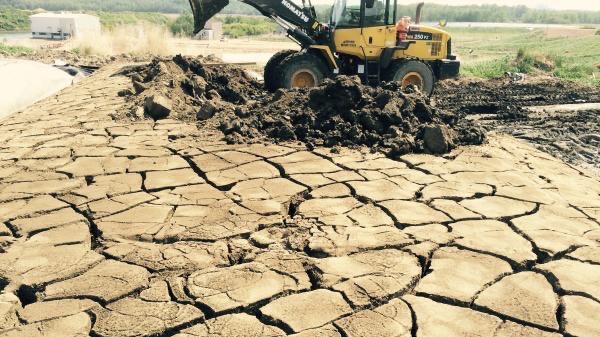Wastewater is water that has been used for a variety of purposes and is no longer suitable for its original use. Understanding nutrients such as such as ammonia, nitrogen and phosphates, found in wastewater is important. Wastewater contains a variety of contaminants, including nutrients such as nitrogen and phosphorous, which can be harmful to the environment if they are not properly treated and removed before the wastewater is discharged.

Understanding nutrients found in wastewater.
Nitrogen is an essential nutrient that is necessary for the growth of plants and animals. There are several different types of nitrogen found in wastewater, including ammonia, nitrites, and nitrates. Ammonia is a toxic substance that can be harmful to fish and other aquatic life. Nitrite and nitrate are less toxic, but they can still cause problems when they are present in excess. Nitrite can interfere with the oxygen-carrying capacity of the blood, while nitrate can interfere with the functioning of the thyroid gland.
Phosphates are another type of nutrient that can be found in wastewater. There are several different types of phosphate nutrients, including orthophosphates, polyphosphates, and organically bound phosphates. Orthophosphates are the most common type of phosphate nutrient found in wastewater, and they are typically present in the form of monosodium phosphate, disodium phosphate, or trisodium phosphate. Polyphosphates are a group of chemicals that are made up of multiple phosphate molecules bonded together. Organically bound phosphates are phosphate molecules that are bound to organic matter, such as plant material or animal waste.
Excess nutrients such as nitrogen and phosphates can lead to an overgrowth of algae and aquatic plants, which can deplete the oxygen in the water and create conditions that are harmful to fish and other aquatic life. Additionally, excess nutrients can lead to the production of harmful substances such as hydrogen sulfide and ammonia, which can be harmful to both humans and the environment.
There are several different methods that can be used to remove nutrients from wastewater, including chemical treatment, biological treatment, and physical treatment. Chemical treatment involves the use of chemicals to remove or neutralize the nutrients. Biological treatment involves the use of microorganisms to break down the nutrients. Physical treatment involves the use of physical processes, such as sedimentation and filtration, to remove the nutrients from the wastewater. The specific treatment method that is used will depend on the type and concentration of the nutrients that are present, as well as the characteristics of the wastewater and the intended use of the treated water.
Removing nutrients from wastewater before it is discharged into the environment has a number of benefits. It helps to protect the water quality of rivers, lakes, and other bodies of water, which is important for the health of the aquatic ecosystem. It also helps to protect the health of humans, as excess nutrients can be harmful if they are ingested or come into contact with the skin. In addition, removing nutrients from wastewater can help to reduce the risk of harmful algal blooms, which can have serious impacts on the environment and the economy.
At sludgeandwater, We understanding nutrients found in wastewater. we believe that it is important to understand the types of nutrients that can be found in wastewater and the various methods that can be used to remove them. By properly treating wastewater before it is discharged into the environment, we can help to protect the health of our water resources and the broader ecosystem. Contact us to learn more

